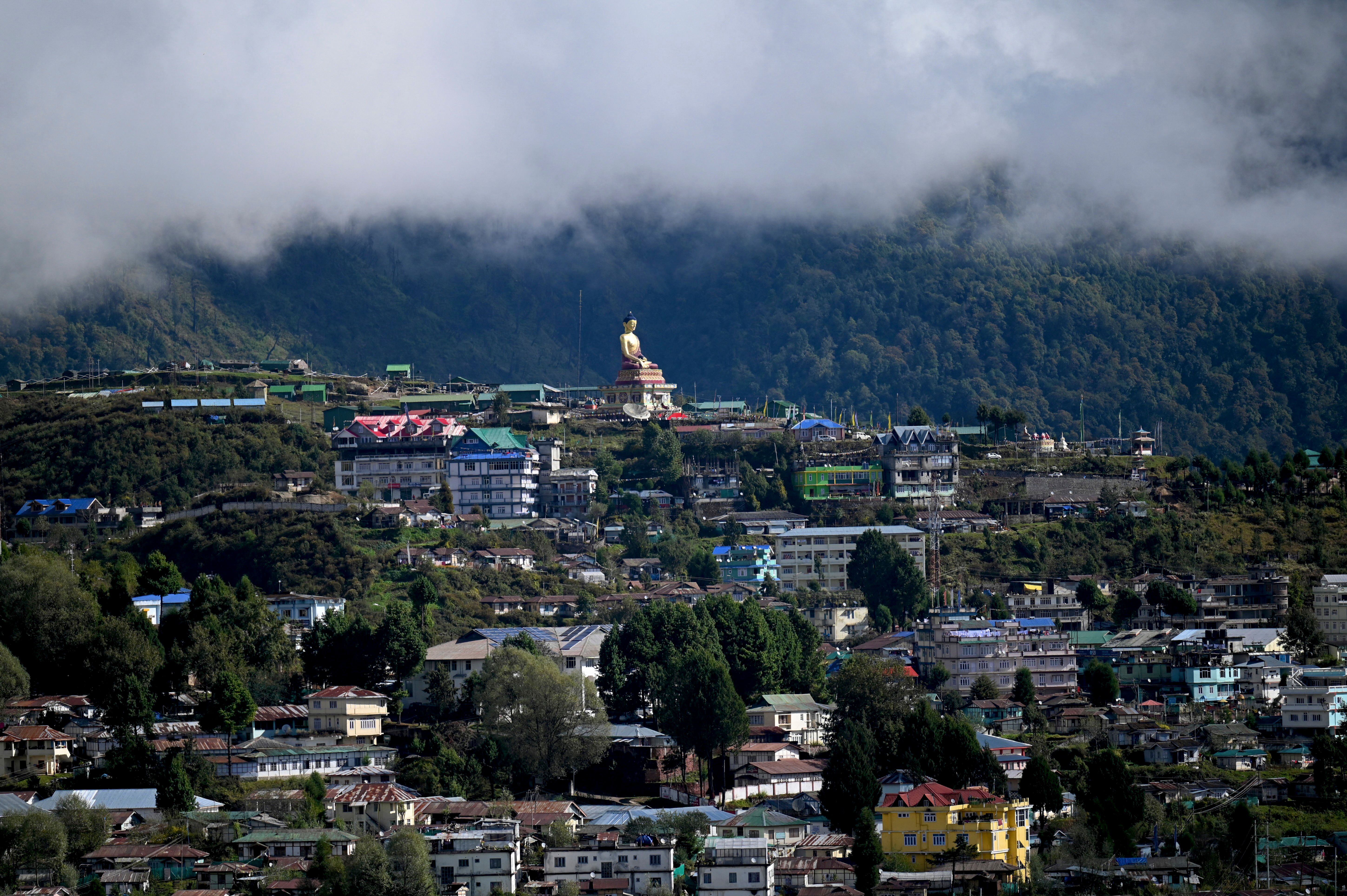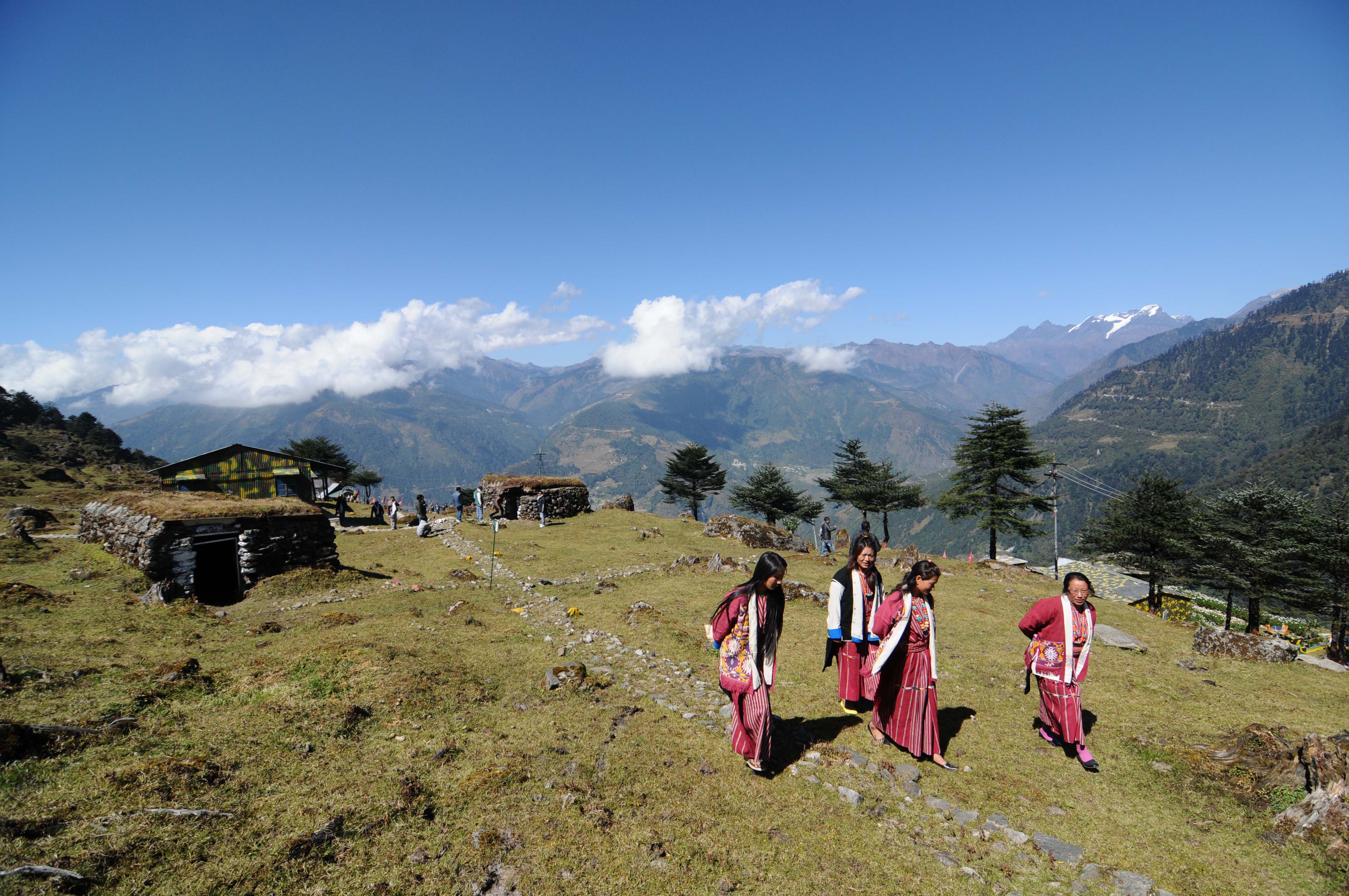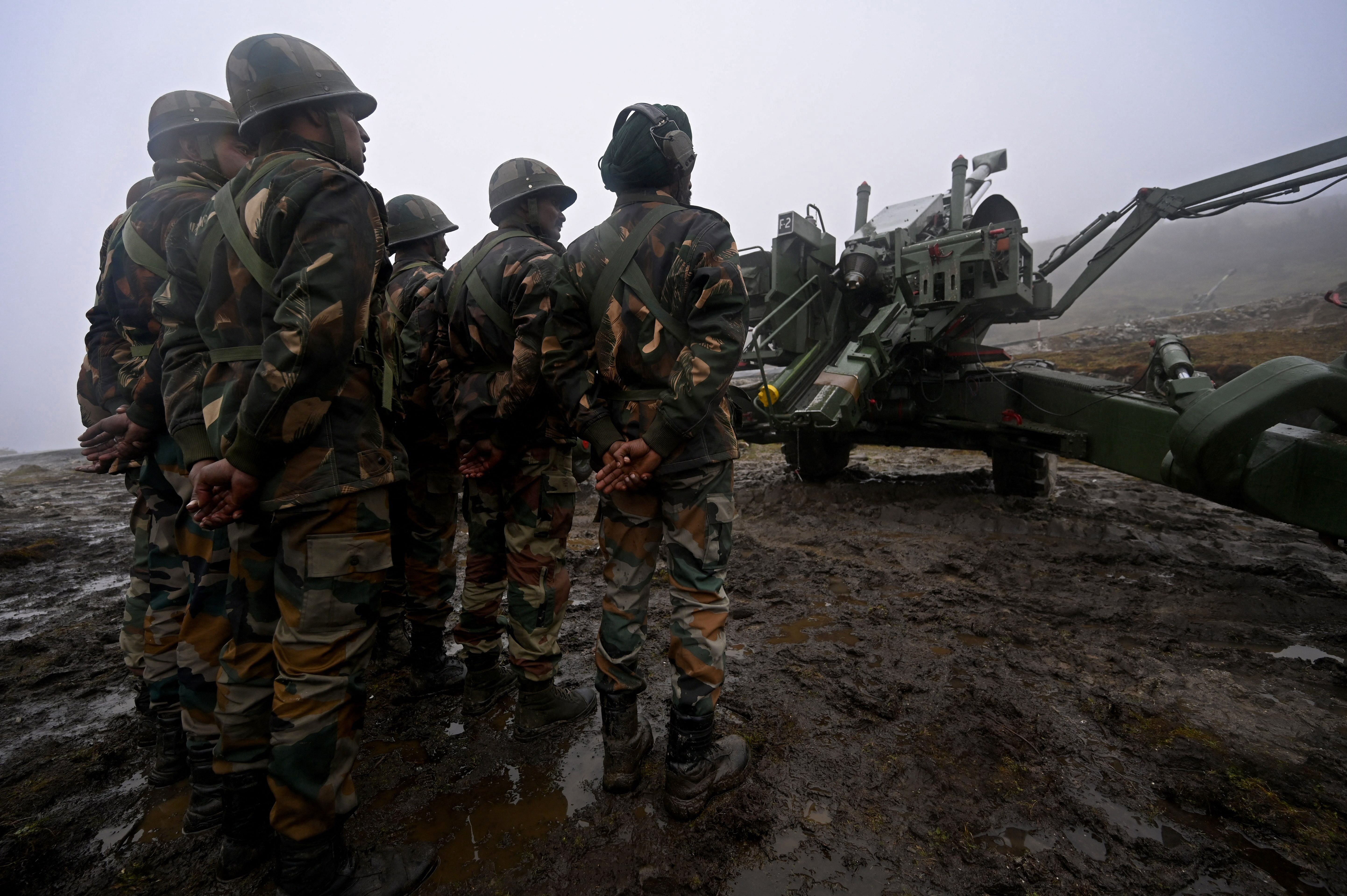New Delhi hits out at Beijing for giving ‘invented’ Chinese names to Indian towns in Arunachal Pradesh
China reiterates claim on northeastern state in response to strong criticism from India

Your support helps us to tell the story
From reproductive rights to climate change to Big Tech, The Independent is on the ground when the story is developing. Whether it's investigating the financials of Elon Musk's pro-Trump PAC or producing our latest documentary, 'The A Word', which shines a light on the American women fighting for reproductive rights, we know how important it is to parse out the facts from the messaging.
At such a critical moment in US history, we need reporters on the ground. Your donation allows us to keep sending journalists to speak to both sides of the story.
The Independent is trusted by Americans across the entire political spectrum. And unlike many other quality news outlets, we choose not to lock Americans out of our reporting and analysis with paywalls. We believe quality journalism should be available to everyone, paid for by those who can afford it.
Your support makes all the difference.India has rejected China’s attempt to give Chinese names to 11 places in Arunachal Pradesh – a state Beijing refers to as “Zangnan” or “southern Tibet”.
China has in two separate instances in the past “renamed” places in the northeastern Indian state.
The release of the third batch of names for 11 other places by the Chinese government on Sunday has now triggered another heated exchange of words between both the sides that have remained locked in a border dispute.
India’s foreign ministry on Tuesday said it “outright rejects” China’s attempts to lay claim on Indian territory and said assigning “invented names” will not change the status of Indian sovereignty over the region.
“This is not the first time China has made such an attempt. We reject this outright,” foreign ministry spokesperson Arindam Bagchi said in a statement.
“Arunachal Pradesh is, has been, and will always be an integral and inalienable part of India. Attempts to assign invented names will not alter this reality,” it said.
China’s Ministry of Civil Affairs released “standardised” names of 11 places in the Himalayan border region.
China has renamed five mountain peaks, two populated areas, two land areas and two rivers. It has released maps that showed parts of Arunachal Pradesh as parts of what it calls “southern Tibet”.
This is the third such list of “renamed” areas that have been issued by the Chinese Ministry of Civilian Affairs.
Similar lists were released by China in 2019 and 2021 for areas that are recognised and governed by India.

Responding to India’s rebuke, a Chinese foreign ministry spokesperson said the changes were “completely within the scope of China’s sovereignty”.
“The southern Tibet region is Chinese territory,” the spokesperson, Mao Ning, told a regular media briefing in Beijing on Tuesday.
A notification by the ministry on 2 April said “according to the relevant provisions of the State Council on the management of geographical names, [China’s Ministry of Civil Affairs], together with relevant departments, has standardised some geographical names in southern Tibet”.
“The third batch of supplementary place names for public use in southern Tibet (11 in total) is now officially announced,” it said.
The Chinese ministry gave names to towns in close proximity to the state capital of Itanagar and provided the latitude and longitude coordinates of the areas.

In 2017, China “renamed” six places in the same region following Tibetan spiritual leader Dalai Lama’s visit to Arunachal in the same year.
In December 2021, 15 places were renamed amid a huge military buildup of the two armies in forward areas of their shared border.
China’s attempt to change the names of Indian territories marks an escalation in the bitter border dispute along the Line of Actual Control that has continued for three years.
The Chinese government’s move drew a sharp response from the opposition Congress party that has lashed out at prime minister Narendra Modi for his “eloquent silence on Chinese actions”.
“This is the price we continue to pay for PM Modi’s clean chit to China in June 2020 and his eloquent silence on Chinese actions,” a statement by Congress lawmaker Jairam Ramesh said.
“Almost three years later, Chinese forces continue to deny our patrols access to the strategic Depsang Plains to which we previously had unimpeded access. And now the Chinese are attempting to undermine the status quo in Arunachal Pradesh.”
The third list has come just over three months after Indian and Chinese troops clashed in the Yangtse area of the Tawang sector. The troops came face to face on 9 December and both sides suffered injuries.
It also comes only a week after Indian army chief general Manoj Pande said the Chinese military’s incursions on the Indian border could be a “trigger for escalation” of the boundary dispute that could lead to a “wider conflict”.
He said transgressions in the disputed borders “remain a potential trigger for escalation”.
“Border management hence requires close monitoring, as infirmities in border management can lead to wider conflict,” he said.
“Our preparedness remains of a high order and troops continue to deal with the PLA [People’s Liberation Army] in a firm, resolute and measured manner, while ensuring the sanctity of our claims.”
Last month, Indian foreign minister S Jaishankar said the situation in the northern Ladakh was fragile and dangerous, and military forces remain deployed very close to each other in some places.



Join our commenting forum
Join thought-provoking conversations, follow other Independent readers and see their replies
Comments